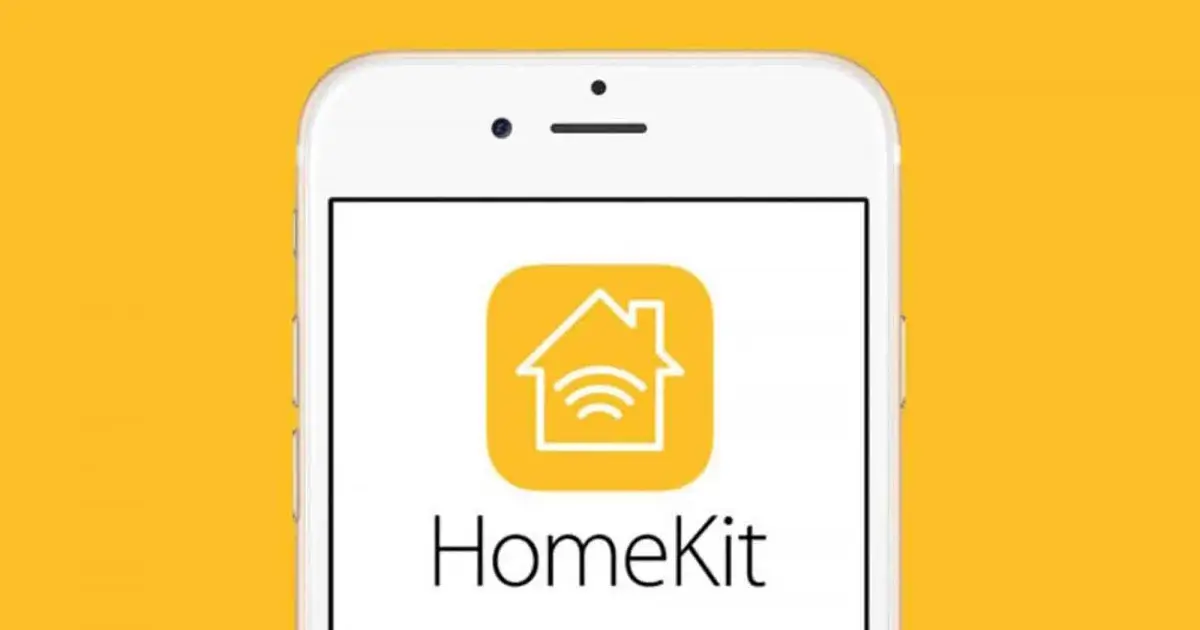With the advancement of technology, the entry of smart homes into ordinary people’s homes is the beginning of the popularization of smart technologies and will continue to develop. How to obtain more opportunities in this revolutionary evolution requires continuous investment and innovation by enterprises. In this competition for smart products, Apple released HomeKit, a smart home platform, in 2014. So what is this?
What is Apple Homekit
Apple Homekit is not a specific smart product, it is a platform, a protocol. Based on this protocol, developers can develop smart products suitable for this platform, and then use Siri, Apple’s voice-control device, to achieve intelligent control.
In other words, it’s a “middleman” that connects smart home products (devices) to Apple’s smart hardware (iPhone, iPad, MacBook). Its most important task is to connect more and more smart home products with Apple’s smart hardware so that they can be controlled by mobile phones. At present, products such as Nanoleaf’s lighting system, Philips Hue Lighting Bridge 2.0, Chamberlain’s MyQ intelligent garage door controller, and Elgato Eve’s home monitoring system are compatible with homekit, that is to say, these products can be directly controlled with Siri.

What are the Advantages of Apple Homekit
- Manufacturers do not need to build their own system platforms. Whether it is a self-built smart home overall system or a semi-open system, self-built systems are required. For traditional home furnishing companies whose intelligent control systems are not strong, this is not an easy task. If we access other people’s system platforms, it will bring us potential risks. For example, whether the system is relatively complete and whether the system company itself can exist for a long time. These unknown issues will limit the development of smart home manufacturers.
- Direct phone control, eliminating redundant processes. HomeKit itself is part of the Apple phone, so there is no need to design the phone’s control system. By entering Apple HomeKit and using Siri to control smart home products, it also saves consumers a lot of trouble.
- The Apple Development Center has released a development guide for HomeKit. Different from exploring the intelligent control system by itself, in order to attract more smart home suppliers to this platform, Apple also provides a development guide for HomeKit. In this way, smart home companies have found products that are faster and better compatible with Apple HomeKit. Of course, the premise is that you need someone who understands the Apple HomeKit development guide.
Why Need to Pay Attention to Third-party Platforms Such As HomeKit
In addition to Apple HomeKit platform, Google has also launched the Internet of Things operating system Brillo, which has functions similar to HomeKit, and also hopes to attract more smart home products. Why do these technology companies successively launch smart home system platforms? The purpose is also to adapt to the development of smart home. So, should traditional home furnishing companies also pay attention to these third-party platforms?
the Shift of Smart Home Users to Mobile is Already an Overwhelming Trend
In its recent report on home automation, the NPD Group stated that nearly two-thirds of smart home product owners use smart phones to control smart home systems, of which 73% have used voice-activated commands and 61% want this technology expand into a wider range of smart home products.
Emphasizing user transfer, it is necessary to attach importance to Apple HomeKit, Brillo, etc., and develop these two systems and launch products compatible with them will be a shortcut for traditional home furnishing companies to quickly enter the field of smart home.
Third-party Platforms Such As Apple HomeKit Make Smart Home Operations More Convenient
Because HomeKit is based on an Apple phone, so long as you operate the phone, you can achieve smart home operation. This benefit is undoubtedly very fast. Throw away the remote control, other equipment, and just one cell phone to get the smart home life you want. And more and more consumers also want to be able to use Siri in their smartphones for more control. Such new gadgets make people more willing to try.
Hardware Manufacturers Own Less Investment
Compared to developing your own platform and system, it is obviously easier to use mature or existing platforms, not only with less investment, but also relatively simple maintenance in the later stages. At the same time, Apple HomeKit development guide will allow more professionals to gather and bring more and more benefits to enterprise development.
How do Appliance Manufacturers Respond to the Development of Third-party Platforms
As a traditional home appliance industry, and enterprises that need smart home upgrades, how should they respond to the development of third-party platforms?
Clarify the Importance of Third-party Platform Development
First, we need to clarify the importance of third-party platforms in the development of the smart home industry. Don’t think that this is a new selling point introduced by Apple or Google just for promotion. This is actually Apple and Google building their smart home ecosystem. We can build our own ecosystem, but we cannot escape the ecosystem of these peripheral users.
Because this ecosystem is the closest to the user and the channel that can awaken the user’s needs, we must pay attention, and we must pay attention. Perhaps our current focus is not on this, but we need our traditional home furnishing companies to see this development trend. Think about the direction of your business.
Try to Work With Companies Familiar with Third-party Platform Development Like Apple HomeKit
If we let traditional home furnishing companies do Apple HomeKit development, we believe that it is definitely not the strength of traditional home furnishing companies. Again, “professionals do professional things”, traditional home appliance companies can try to cooperate with development companies familiar with third-party platforms such as Apple HomeKit, and let them make homekit-compatible home products, which can be implemented faster HomeKit compatible smart home products.
At the same time, it can also free up traditional home furnishing companies to do their own product quality and research and development.
Promote HomeKit-compatible Smart Home Products to Consumers
All products developed need users to test, and the same is true for HomeKit-compatible smart home products. This requires our company to do everything possible to make it available to users as soon as the product is made. Stimulate their interest in using it, and encourage them to give feedback on their experience, so as to better improve their products and enhance their products.
In a word, Apple HomeKit is more than just a simple framework where you can develop and control various accessories. We hope that Apple HomeKit will become more powerful and provide users with more surprises.


